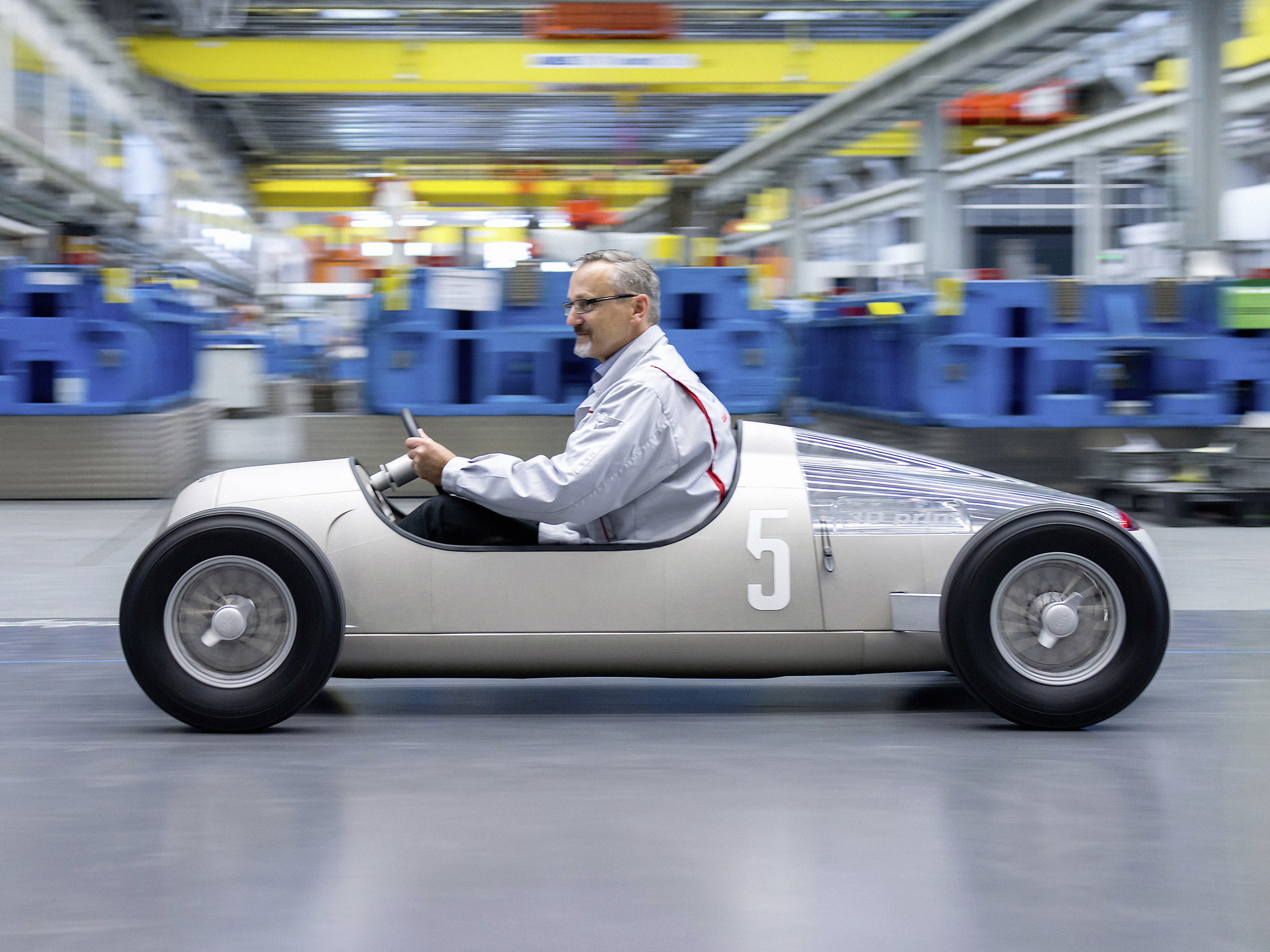Volkswagen’s new JETTA brand is aimed at young Chinese customers in cities where car ownership is still relatively low, with sales set to start in the third quarter of this year.
SUV, Saloon, Industry, Consumer
SUV, Saloon, Industry, Consumer
Volkswagen’s new JETTA brand is aimed at young Chinese customers in cities where car ownership is still relatively low, with sales set to start in the third quarter of this year.
The VW Group is reinforcing its team with IT specialists and expanding its know-how in the fields of AI (artificial intelligence), big data, VR (virtual reality), smart production and connectivity.
VW has reached an agreement with the US Department of Justice over the 3-litre V6 powered vehicles affected by the diesel emissions scandal.
The Volkswagen Group has confirmed future wide-scale use of particulate filters for all its petrol engines.
Electric, Hybrid, Hatchback, News, Technology
Volkswagen is joining forces with the world’s largest car-sharing network, Zipcar, to launch the ultra-low emission Golf GTE in the UK’s capital city.

The company is now examining further possible applications of metal printers for the production of complex components. "We are pushing forward with new manufacturing technologies at Audi Toolmaking and at the Volkswagen Group," stated Prof. Dr. Hubert Waltl, Audi's Board of Management Member for Production and Head of Toolmaking at the Volkswagen Group. "Together with partners in the area of research, we are constantly exploring the boundaries of new processes. One of our goals is to apply metal printers in series production."
The Volkswagen Group has a total of 14 toolmaking units in nine countries with cooperative ventures arranged for research and development. The first focus of the cooperation is the implementation of metallic 3D printing and 3D printing in the sand-printing method. Audi Toolmaking has now used metal printing to produce all the metallic parts of the Silver Arrow model "Auto Union Typ C" on a scale of 1:2.
For this purpose, a 'selective-sintering' laser melted layers of metallic powder with a grain size of 15 to 40 thousandths of a millimetre, roughly half of the diameter of a human hair. The process therefore allows the production of components with complex geometries, which with conventional methods could either not be produced or only with great difficulties. At present, this process can be used to produce shapes and objects with a length of 240 millimetres and a height of up to 200 millimeters. These printed components achieved a higher density than components made by die casting or hot forming.